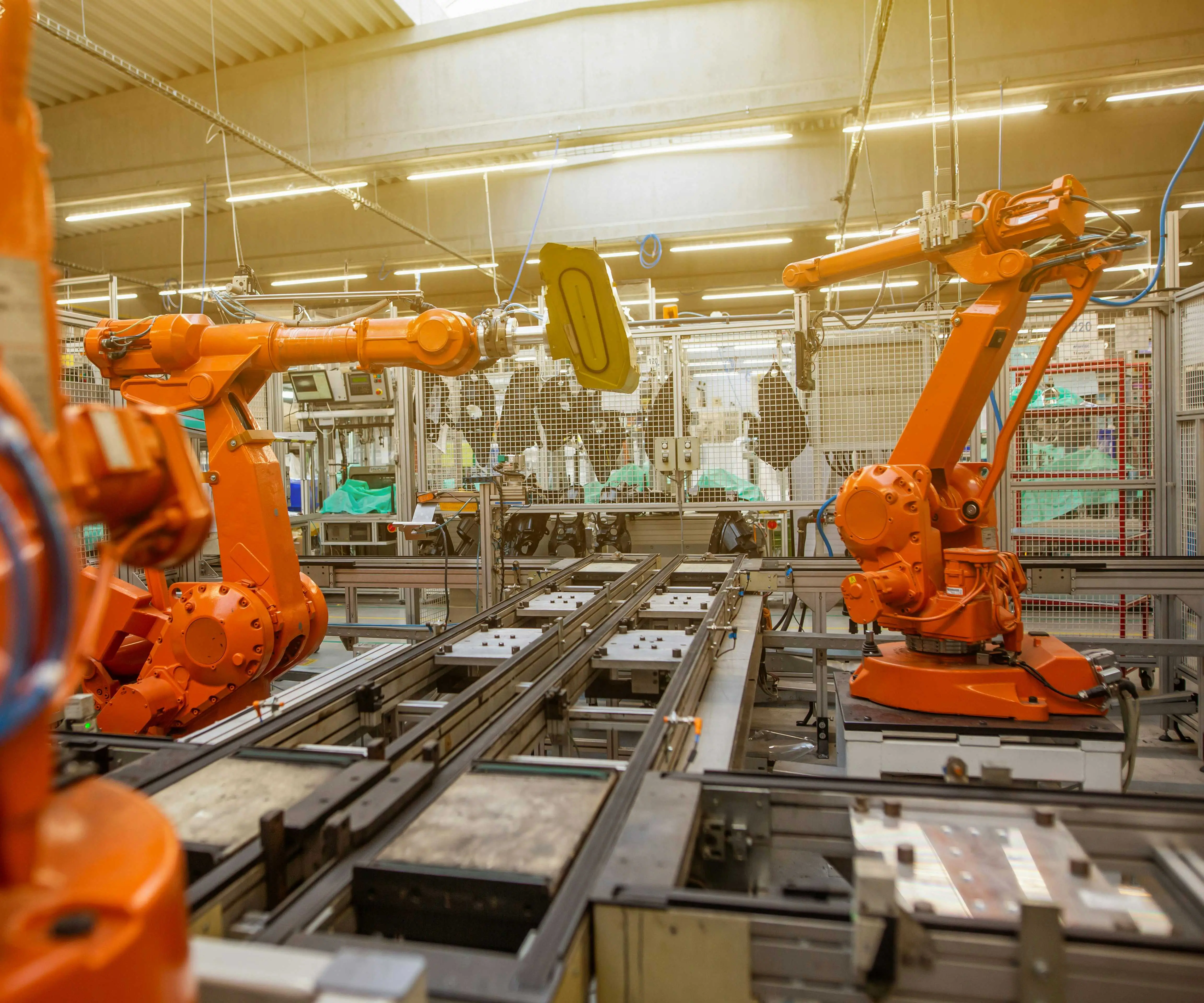Imagine you’re tossing a toy across a room—nothing fancy, just a little nudge with a motor. Now, crank that up a notch; you want your robot arm to grab, turn, and place objects precisely. That’s where programming a servo motor comes into play. It’s like giving your machine a nervous system—simple, yet powerful.

First off, what is a servo motor? Think of it as a tiny powerhouse that can rotate to a specific position. Unlike a regular motor that just spins endlessly, the servo rotates to a set angle and holds it. This makes it a superstar for robotics, cameras, and even remote-controlled cars.
Getting it working isn’t magic—it’s logic and a dash of code. You’ll start by connecting the servo to a microcontroller—say, an Arduino or a Raspberry Pi. The cool part? It’s as straightforward as plugging in a wire. Next, you need to tell it what to do. That’s where programming languages come in—most hobbyists lean on the familiar C++ or Python. With a few lines, you can command the servo to turn 45 degrees, 90 degrees, or what have you.
Here’s a quick mental picture: you want the servo to rotate to 90 degrees when you push a button. You’d write code telling the controller, “When button pressed, move servo to 90 degrees.” The challenge isn’t in the logic but in tuning the servo so it doesn’t jitter or overshoot. Fast movements require careful calibration of power and timing, almost like teaching it to walk without tripping.
But wait, how precise can you get? Really, it depends. High-end servos offer fine control—say, a tenth of a degree—ideal for robotic arms that do delicate work. Cheaper models are more forgiving but still great for projects where perfect precision isn’t mission-critical.
One tricky question that pops up: how do you avoid jittering? Sometimes, your servo might wiggle back and forth when it should be still. That’s often about smoothing out the commands—sending gradual signals instead of abrupt jumps, especially in loops. Think of it as giving a gentle shove instead of a shove followed by a shake.
People ask if you need special power supplies. For small projects, a standard 5V power source is enough, but bigger servos might demand more juice. Too little power and your servo stalls mid-move, too much and it’s a risk of damaging the unit.
The beauty of programming a servo isn’t just about making it move. It’s about understanding the ‘why’ behind each command—the feedback, the timing, the calibration. That iterative process of tweaking values until everything clicks—that’s where real mastery comes. Every successful project feels like a tiny victory: oh, that servo turned just right, just like I planned.
So, if you’re imagining a machine that needs to be responsive and precise, choosing the right servo motor and mastering its programming opens up endless possibilities. It’s a dance—balancing hardware and code, physics and logic—all to bring your idea to life. And with a bit of patience, you'll be controlling movements that look almost alive.
Established in 2005, Kpower has been dedicated to a professional compact motion unit manufacturer, headquartered in Dongguan, Guangdong Province, China. Leveraging innovations in modular drive technology, Kpower integrates high-performance motors, precision reducers, and multi-protocol control systems to provide efficient and customized smart drive system solutions. Kpower has delivered professional drive system solutions to over 500 enterprise clients globally with products covering various fields such as Smart Home Systems, Automatic Electronics, Robotics, Precision Agriculture, Drones, and Industrial Automation.




































